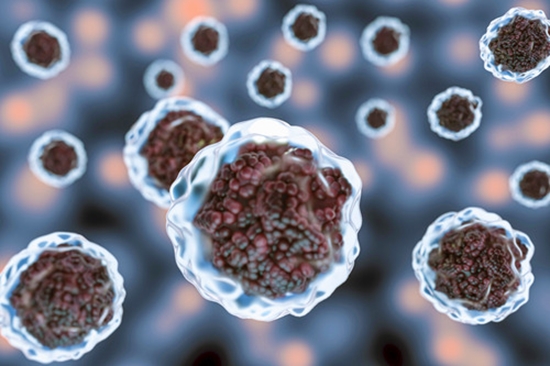Reconstruction of necrotic submandibular salivary gland using mesenchymal stem cells

Abstract
Background: The efficacy of mesnchymal stem cells (MSCs) to treat the necrotic tissue of salivary glands (SGs) has yet investigated. Objective: This study was conducted to investigate the potential capacity of MSCs to restore the function and regenerate the necrotic submandiular gland in the rat animal model. Methods:Twenty-one Sprague–Dawley rats were provided from a breeding colony and randomly divided into three groups including the positive control or induced SG atrophy without treatment, the treatment group or induced SG atrophy with MSCs isolated transplantation and the negative control group consists of healthy rats. The atrophic and necrotic submandiular gland was induced using intraoral duct ligation of the main duct of submandiular gland for one month. The isolated stem cells were confirmed using flow cytometry for CD90 and CD 105. The isolated MSCs were cultured and injected to submandiular gland and the potential efficacy of MSCs to treat the atrophic submandibular glands was evaluated using histopathology on two weeks post-transplantation. To detect the acinar cell protein secretory granules, Alcian Blue and periodic acid shift (PAS) staining were done. For the demonstration of mitotic index or proliferation rate of the SG epithelia tissue, Ki-67 and Smbg proteins expression were evaluated using immunohistochemistry. Results: The locally injected MSCs could regenerate the overall histological structure of the necrotic submandibular gland tissue within 2 weeks of post-transplantation. Alcian Blue and PAS staining indicated that the mean amount of serous and mucin secretions in the treatment group was significantly increased compared to the positive control groups. We have also found that the treatment group significantly express higher Ki-67 protein, as a diagnostic marker for cell mitosis and proliferation rate, and lower Smbg protein, as a diagnostic marker, for damage to the submandibular gland than that of control group. Conclusion: This study demonstrates the therapeutic benefits of MSCs isolated from the SG in treating atrophic and necrotic SGs in a rat model. MSCs may be potential candidates for cell-based therapies targeting hypofunction of SG induced by a range of diseases or because of surgery and radiotherapy of head and neck cancers. Keywords: Biochemistry Cancer research Cell biology Molecular biology Regenerative medicine Stem cell research Dry mouth Salivary glands reconstruction Stem cell transplantation
- Article_DOI : https://doi.org/10.1016/j.heliyon.2020.e05162
- نویسندگان : نغمه بهرامی,عبدالرضا محمدنیا,شمس الملوک نجفی,هاله نصرتی,زهرا فرجی,سید مصطفی مرتضوی
- گروه خبر : کارشناس مقالات,مقالات
- کد خبر : 260874




ارسال به دوستان